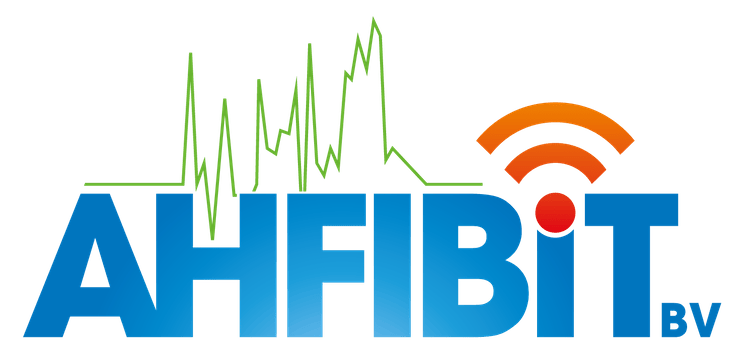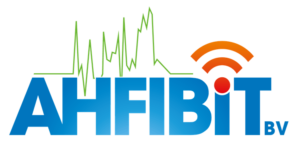I will remember the first week of october 2019 as my introduction into the Wireless LAN Professionals. I got the chance to attend WLPC 2019 in Prague. When i’m at home and after working hours when the children have gone to sleep, i often listen to recordings of previous events such as Mobility Field Day or WLPC Phoenix. It’s always great to see the point of view each wireless engineer has on things they are doing and now i got the chance to join this great community.
Saturday morning during breakfast, it was my first “confrontation” with all other attendees. Because i have never attended such events i didn’t know anyone in person, from the moment i sat down for breakfast some other attendees sat down on my table too. At 8:30 AM the bootcamp started, i had chosen the CWSA bootcamp. Althoug a lot of the study material from CWSA was known from CWNA class, nonetheless it was a helpful bootcamp to get more familiar with terms of IoT, LTE, CBRS and 5G. We have gone through the study guide in 2 days time, because we still had one day to go before the main conference we decided to schedule the CWSA exam in one of the pearson vue exam centers in Prague. Our instructor, Raymond Hendrix, had done a great job since we all passed the exam.
On tuesday the main conference immediately started off with a presentation by David Colemand about DFS. It was great to see the difference in vendors how they react on DFS events, in earlier project we struggled with DFS events. This is why i gladly will co-operate with the DFSProject.org to provide information of the behavior of different APs, David showed the beta version WIFIMETRIX from Nuts About Nets where you can simulate RADAR events. After lunch time we again started off with a very interesting presentation about the effects of 802.11k,v,r on voice roaming. During my flight to Prague i listened to the podcast of Wi-Fi Ninjas where Peter MacKenzie explained these protocols in detail. But in the presentation of Andrew McHale the roaming experience is visualized and showed the impact of these protocols, very enlightning if you ask me. In the afternoon the guys from ClearToSend presented the State of Wi-Fi 6 with a dive into 802.11ax technology and their findings about Wi-Fi 6. In the past watched several webinars about Wi-Fi 6 already but this mostly high-level information, with this presentation this changed and i was introduced with several new terms. The guys invited everyone to join the Wi-Fi 6 party that night to try and capture some real OFDMA traffic, i didn’t join because i had no Wi-Fi 6 hardware to play or test with. At the end of the day i picked the Wireshark deep-dive session because packet analysis is my weakest point, with some simple filters and view in wireshark it shows to become a lot easier to troubleshoot and visualize the problem.
On wednesday we had several nice presentations like for instance a Wi-Fi design in a steelfactory or RTLS accuracy where MIST AP’s clearly showed to be very accurate in location based services, later that day Mark Raats mentioned some other unknown protocols that could provide location services. What i remember most of this day is the in-depth knowledge of Gjermund Raaen about Wi-Fi 6, i was amazed by the very detailed explanation he gave how the Wi-Fi 6 standard works. Because i am planning to deploy some Ruckus R750 AP’s on SmartZone i already ordered me some tools that was used during the Wi-Fi 6 party to be able to gain me some more knowledge to in W-Fi 6 when this is live and operational.
Thursday was the last day but it ended with a blast, to start with the road to 6Ghz by Philipp Ebbecke. It is promosing to see we might get a lot more channels available mid 2021 once 6Ghz is available in EU. This will result in more flexibility to configure voice project, in EU we only have 4 20Mhz non-DFS channels available in UNII 1 band and, for Belgium at least, we can use the first 4 20Mhz non-DFS channels in UNII 3 band. With the additional 6Ghz spectrum it provides a much more wide range of possibilities. One of the last presentations on the conference was Peter MacKenzie with a presentation about design of IoT networks. This is in fact a very common problem a lot of companies struggle with, how strong is this device transmitting and at what distance am i loosing the connection to my device. The most interesting part for me personally is that with this presentation i was again at the beginning of my WLPC adventure in the CWSA bootcamp. The pieces of the puzzle i had fell into place and left me with an action plan to go and test some more in my lab.
When i look back to WLPC after a week, i am astonished about the amount of knowledge that is being shared amongst the attendees. During the 3 days of the main conference, so much good presentations have been put on stage. I must admit it was great talking to all these WLAN individuals and share experiences. Now i experienced this event, i can safely say that i will be attending WLPC again next year and maybe get on stage too with my point of view on the wicked world of Wi-Fi


Hi, I went to my first WLPC_EU last year. It was very very interesting. I couldn’ t make it this year but I understand your feeling it reminds me something. Maybe we’ll talk to each other during the next WLPC_EU.
Take care.